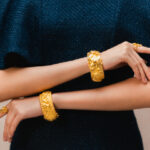Presently, the diamond industry offers a wide selection for consumers to choose from. But the endless array of options can leave some consumers uncertain and overwhelmed, as they are unsure of what they should look out for when shopping for a diamond ring.

If you’re one of them, you’ll be glad to have our handy guide that lists a few must-knows you should keep an eye for before making that significant purchase. Take a look at the steps below to help you attain a ring that’s truly the best fit for you.
1. Be familiar with your 4Cs

When considering a diamond, it is essential to know the 4C grading: Cut, Colour, Carat Weight and Clarity. Introduced in the early 1940s, it was created by the founder of the Gemological Institute of America (GIA) to help characterise a faceted diamond. Now, it became a globally accepted standard to assess the quality of a diamond.
– Carat weight: this alludes to how much the diamond weighs
– Cut: to measure how the facets of a diamond interact with light to give off brightness, fire and scintillation
– Colour: evaluate based on the absence of colour, starting from D (colourless) to Z (yellow)
– Clarity: the level of purity based on the absence of blemishes and inclusions
Once you’re familiar with what the 4Cs stand for, you can then begin from there. Think about which factor you would like to prioritise. This will help you to narrow down the search to the ones that will most likely be gracing your fiancée’s finger.
The 4Cs is universally known across all diamond stores, so don’t hesitate to ask the sales assistant on the 4C diamond grading of a particular diamond. When you have a better grasp on this knowledge, it will give you more confidence in communicating your needs while ring shopping.
2. Look beyond than just the 4Cs

With that said, understanding the 4Cs may not be the only thing that’s required. It is also important to gain a comprehensive understanding of what makes a diamond ring and learn in-depth regarding its shape, cutting style and cut quality.
Shape is often used to describe the outline of the gem when it’s viewed from top to bottom. For years, the round brilliant cut has remained popular among couples – making up to 73% of diamonds in the global market. Even in 2020, they remain on par with other engagement rings that are trending this year. Other notable shapes include the emerald, princess and oval.
For cut quality, it refers to the proportions of the diamond and its ability to interact with light to create the coveted sparkle. Diamonds that share the same shape may differ in girdle thickness, table size, symmetry and polish. These factors will impact the diamond’s appearance as well as the cut quality.
Cutting style represents how the diamond’s facets are arranged. The emerald cut, for instance, is recognised by the four long facets and bevelled corners that sit along the sides of a rectangular or square-shaped stone. On the other hand, the round brilliant cut remained popular until today as it boasts 58 facets that allow for its exceptional brilliance.
3. The ring band makes a difference

It may not be a significant factor as compared to the gem, but the metal band shouldn’t be overlooked as it does affect the overall look of the ring. For example, choosing a colourless diamond in yellow prong setting will make it look more yellowish than it actually is.
You can refer to the information below on some of these metals:
– Platinum: this cool-white metal has amassed great popularity as the top pick for an engagement ring band. But it is also renowned for its durability, strength and hypoallergenic qualities. It offers a more sturdy ring option, which explains the high cost.
– Gold: it has been the preferred choice for crafting jewellery and offers great value for money. In general, 18K is the highest gold purity level that still allows for great durability to be worn for everyday wear. Used since ancient time, gold has long enchanted people with its colour and sheen.
– White gold: another popular metal for engagement rings, white gold has a more silver-ish tone within the white hue. Despite its high durability, it does require replating as its top layer of rhodium plating will wear off over the years.
4. Think about the setting

For any engagement ring, considering the setting is just as important. It not only holds the gemstone in place, but it will also influence the whole style of your ring and contribute to the diamond’s beauty.
Here are 3 common types of settings:
– Prong: these narrow metal supports act like small claws to grasp and secure the stone(s) in place. Prong settings vary depending on the shape of the diamond, but they all help to boost the diamond upward to disperse light more easily.
– Bezel: Popular in the late 19th century, this setting re-emerged in the 90s for those who love the simple, contemporary jewellery style. The bezel setting involves a thin metal strip that is formed around the diamond to hold it in place – and it is most suited for a ring with a center stone.
– Halo: The halo setting involves multiple small pavé diamonds that are set around the center diamond while keeping it in place and offering a continuous sparkle.
5. The preferred gemstone

Here comes the star of the show. The gemstone will gain plenty of attention from your friends and family – so it is crucial to get this aspect of the ring right. You’d want the best jewellery that your partner deserves, so she can be proud off to wear and flaunt.
While diamonds have been the timeless choice, there are also other options you can consider apart from the classic diamond ring. Colourful gemstones have been trendy lately, especially after notable Hollywood stars like Scarlett Johansson were spotted donning one. From pinks to browns, there is plenty to choose from depending on your preference!
6. Set the budget

Once you’ve established your budget, you’re able to stay within your financial means and also narrow down the wide range of options. Nowadays, consumers are more conscious about making a purchase with such a hefty price tag, so they’re always looking for something more affordable without sacrificing quality. If that sounds like you, you may want to look into lab grown diamonds.
The ideal mined diamond alternative, lab grown diamonds undergo either one of the two processes: High Pressure-High Temperature (HPHT) and Chemical Vapor Deposition (CVD) to mature from diamond seeds. They also undergo the same stringent 4C diamond grading requirements as mined diamonds to assure quality, before reaching consumers.
Despite the advanced technology and intricate lab procedure involved to grow these diamonds, they surprisingly make for an affordable jewellery option. For our Star Carat lab grown diamonds collection, a 1 carat diamond ring price starts from SGD$3,999 – comparable to roughly a 0.5 carat mined diamond. Our diamonds are also IGI certified and categorised as Type IIA diamonds, a quality which accounts for only 2 per cent of the world’s mined diamonds. All these benefits and you’re only paying 50% less!
There are also diamond simulants such as moissanite and cubic zirconia that are also light on the wallet. However, keep in mind that simulants are not made from carbon crystals, thus they do not offer the same brilliance as diamonds. Whereas for lab diamonds, they possess the enchanting sparkle as their mined counterparts without the premium cost. Due to the difference in chemical properties, discolouration may also occur for these diamond simulants. As such, to own a stone that will last a lifetime and retain its quality, a lab grown diamond would make a better choice.
7. Diamond certification
With any diamond you are considering, have a deeper understanding about the international diamond certification – this shares more information on the diamond’s characteristics, quality and more importantly, its authenticity. There are a few diamond certification labs around the world that evaluates, reviews and grades diamonds according to the 4C standards – so they can produce a diamond certificate and report that assures consumers of their purchase.
For our lab grown diamonds from the Star Carat collection, they are certified by the International Gemological Institute (IGI). You will enjoy greater peace of mind on the quality, knowing the diamonds have undergone reputable and trusted grading when making a purchase.
8. Insure your prized possession
Your diamond engagement ring is more than just a piece of jewellery; it holds precious memories of a special time in your life. Buying a ring is already a big expense – you can be sure to save more in the future buy insuring the ring so you won’t be paying out of pocket for any repairs or replacement. You will feel more assured of protecting one of the most significant purchases you’ve made, especially one that you are emotionally and financially invested in.
Final thoughts
Aside from the above-mentioned considerations, you will also need to look at other aspects beyond the actual ring. This could be a discussion with your partner on the possibilities of passing down the ring as an heirloom. You may also wish to ponder more on involving your partner and the weight of her decision, unless you want it to remain as a total surprise. One important factor that shouldn’t be overlooked is to double-check the ring size to ensure the perfect fit! If in doubt, opt for a size bigger so you can always get it resized in person after the proposal.
Express your love with the perfect engagement ring! Book an e-appointment through our website and let our consultants help you as you shop for diamonds and welcome this new chapter of your relationship!

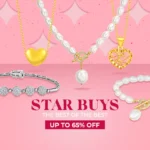






















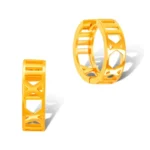


















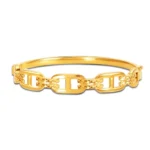
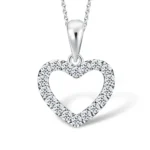
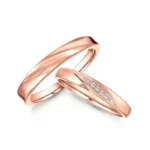
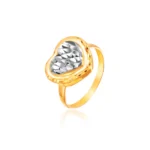
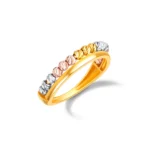
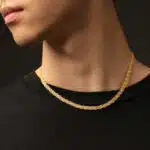
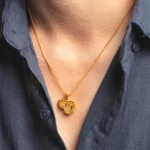
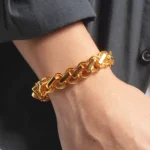
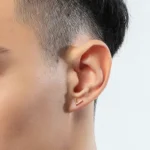
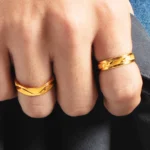









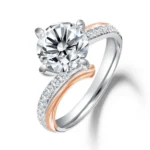





























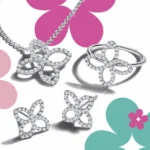




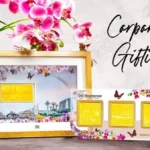



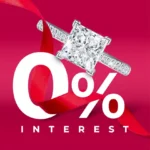
 Singapore
Singapore



